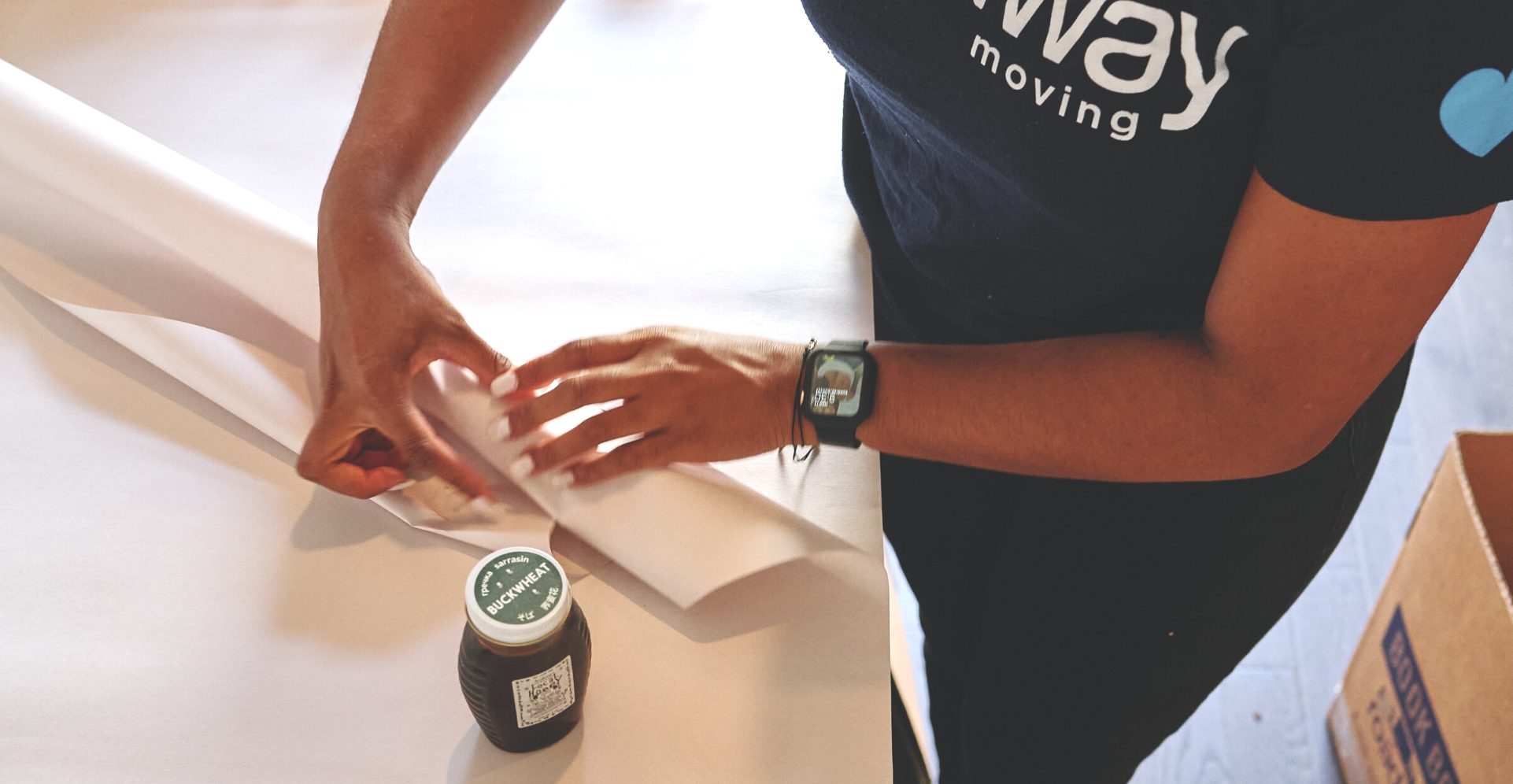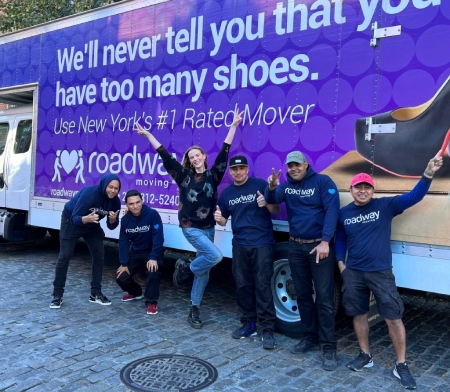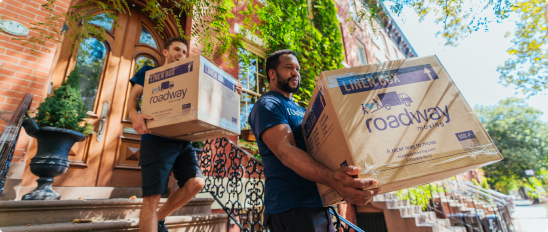How to Pack Your Food When Moving







Moving to a new home is an adventure filled with excitement and anticipation. But amidst the hustle and bustle of packing up your life, there’s one aspect that often catches us off guard: what to do with all the food in your kitchen. Picture this scenario: you’re amidst the chaos of packing boxes, trying to figure out what to do with the contents of your fridge and pantry. It’s a situation many of us have faced – feeling overwhelmed by the task of managing our food supplies during a move.
Fear not! With a bit of planning and some practical tips, you can breeze through the process of packing your food essentials with ease and peace of mind.
Step 1: Take Inventory
Before you start packing, take inventory of all the food items you have. This includes perishable items in your refrigerator, freezer, and pantry, as well as non-perishable items. This step will help you determine what needs to be used up before the move and what can be packed.
Step 2: Use Up Perishables
Prioritize consuming perishable items such as fresh fruits, vegetables, dairy products, and meats before the moving date. Plan meals that incorporate these items to minimize waste and reduce the amount of food you’ll need to pack and transport.

Step 3: Sort and Organize
Organize your food items into categories such as canned goods, dry goods, spices, condiments, and snacks. This will make it easier to pack and unpack later. Consider grouping similar items together to streamline the packing process.
Step 4: Gather Packing Supplies
Gather the necessary packing supplies, including sturdy boxes, sealed bags, airtight containers, packing tape, bubble wrap, and markers for labeling. Additionally, consider investing in insulated coolers or freezer packs for perishable items that need to be kept cold during transit.
Step 5: Use Suitable Containers
Pack dry goods such as rice, pasta, cereals, and snacks in sealed bags or plastic bins to prevent spillage and keep them fresh. Use airtight containers for liquids, sauces, and other perishable items to prevent leaks and maintain freshness.


Step 6: Label Everything
Clearly label each container with its contents and any special instructions such as “fragile” or “keep refrigerated.” This will make it easier to identify items during unpacking and ensure that perishable items are handled properly.
Step 7: Pack Carefully
Pack perishable items towards the end of your moving process to minimize the time they spend outside of refrigeration.
- Avoid packing frozen food, as many moving companies won’t transport unsealed perishable items due to the risk of attracting vermin and pests that could damage your belongings.
- Opt for small boxes when packing canned food. This makes lifting and moving easier and safer, especially since canned items can quickly become heavy when packed together.
- Seal all dry and open boxes of food with tape, and place items in resealable zip lock bags before packing them into cardboard boxes, preventing leaks and spills during transportation.
- For glass containers, wrap them in waterproof zip lock bags and bubble wrap to secure food items and prevent breakage during the move.
- Ensure each box containing food items is clearly labeled. This facilitates quick identification upon arrival at your new home, making unpacking a smoother process.
Step 8: Consider Donating or Discarding
If you have non-perishable items that you won’t use before the move, consider donating them to a local food bank or shelter. For perishable items that you can’t take with you, try to give them to friends, family, or neighbors, or discard them responsibly.
Step 9: Transport Safely
When transporting food in your vehicle, pack it securely to prevent spills or breakage. Avoid placing heavy items on top of delicate items, and use cushioning materials such as bubble wrap or towels to protect fragile items. If you’re hiring a moving company, communicate with them about your food items and any special handling instructions.











